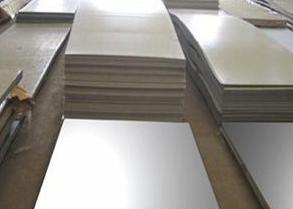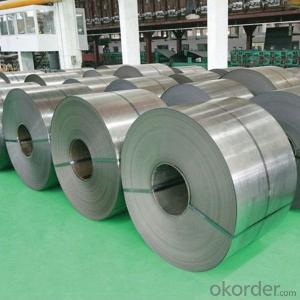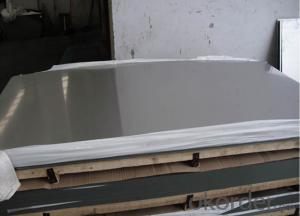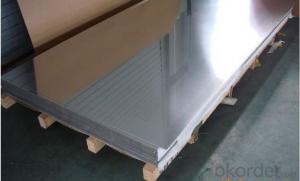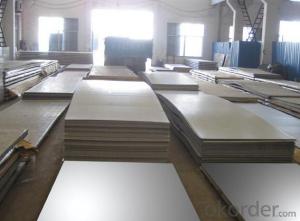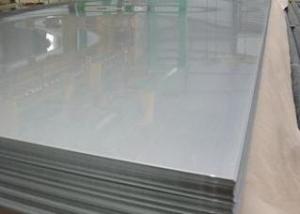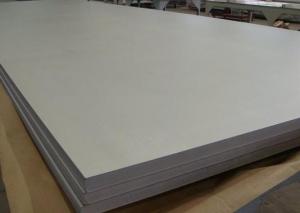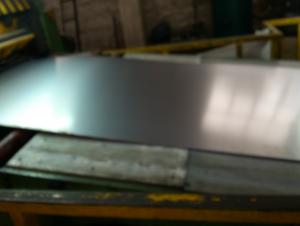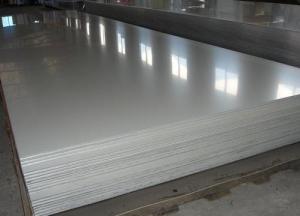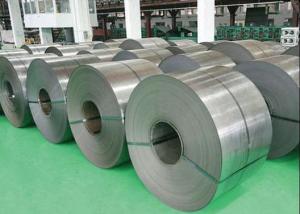409L Stainless Steel Sheet
- Loading Port:
- China Main Port
- Payment Terms:
- TT or LC
- Min Order Qty:
- 1 Ton m.t.
- Supply Capability:
- 1000 Tons Per Month m.t./month
OKorder Service Pledge
OKorder Financial Service
You Might Also Like
409L stainless steel sheet
1. Chemical composition
|
C |
Si |
Mn |
P |
S |
Ni |
Cr |
|
max0.03 |
max1.00 |
max1.00 |
max0.04 |
max0.03 |
--- |
11.50-11.75 |
2. Mechanical properties
|
Yield Strength |
Tensile |
Elongation |
Hardness (HV) |
Hardness (HRB) |
|
≥175 |
≥360 |
≥25 |
≤175 |
≤80 |
3. Standard: AISI, ASTM, GB, EN, DIN, JIS
4. Surface: 2B, NO.1, BA, NO.4, Hairline, SB, Mirror finish, Anti-skid, Cherkered etc.
5. Size: Thickness: 0.3-3mm (cold rolled), 3-40mm (hot rolled)
Width: 1000mm or 1219mm or 1240mm for cold rolled, 1500mm for hot rolled.
Length: As customers' request.
6. MOQ: 1 Ton
7. Payment terms: T/T or L/C
8. Packing: Seaworthy package with wooden or Iron pallets with the paper and the steel strip, or as customers' request.
9. Delivery time: Usually about 7 days after we confirming the order, or according to your quantity.
If you have any question or demand, pls feel free to contact me.
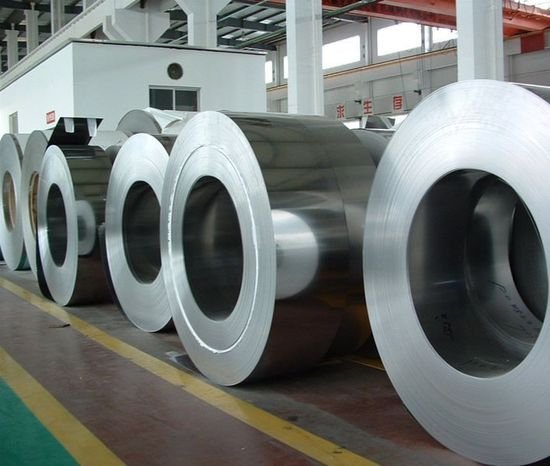
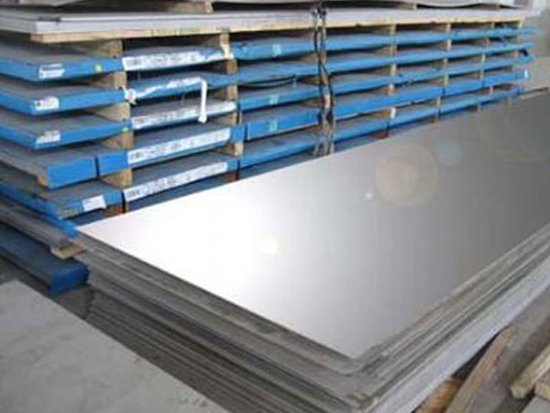
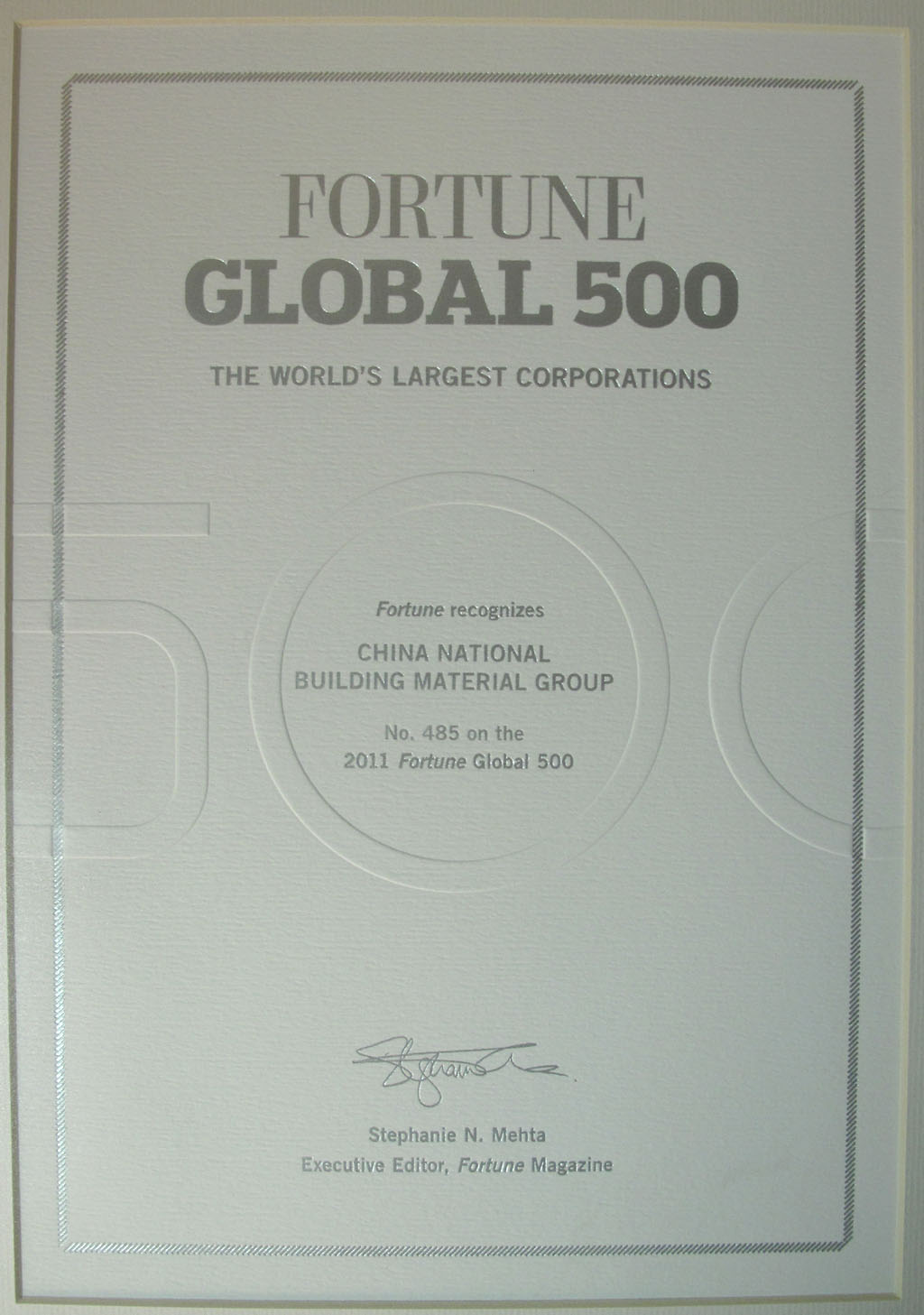
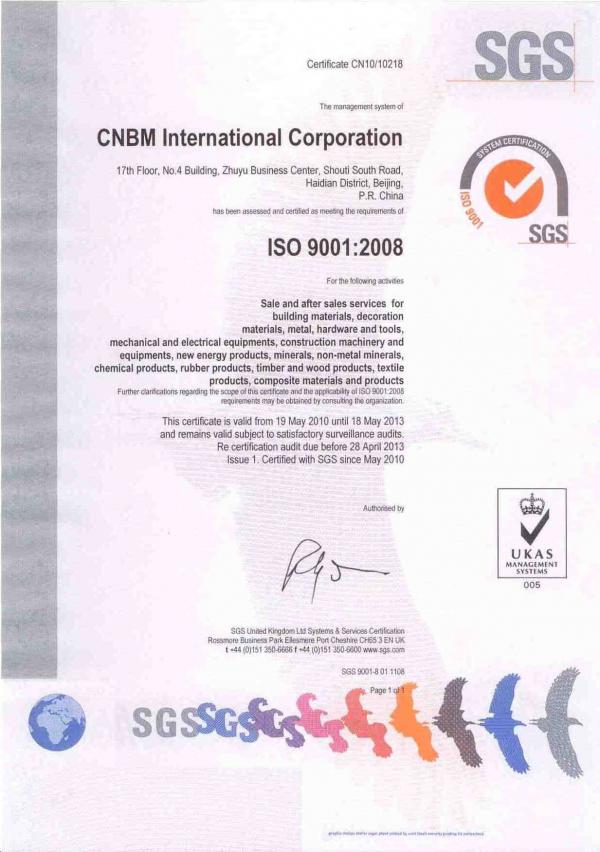
- Q: What are the common uses of stainless steel strips in the food packaging industry?
- Stainless steel strips find various common uses in the food packaging industry due to their unique properties and capabilities. Some of the key uses include: 1. Sealing: Stainless steel strips are often used for sealing food packaging materials such as plastic bags or containers. Their high strength and durability ensure a tight and secure seal, preventing any leakage or contamination. 2. Fastening: These strips are also used for fastening different components of food packaging machinery or equipment. Their resistance to corrosion and high temperatures makes them suitable for fastening purposes, ensuring a secure and long-lasting connection. 3. Conveyor Systems: Stainless steel strips are widely used in the construction of conveyor systems within the food packaging industry. They provide a smooth and hygienic surface for the movement of food products, ensuring cleanliness and preventing any potential contamination. 4. Support Structures: Stainless steel strips are utilized in the fabrication of support structures for food packaging machinery or equipment. Their high strength-to-weight ratio allows for the construction of sturdy and reliable support systems, ensuring stability and efficient operation. 5. Heat Transfer: Stainless steel strips are often incorporated into heat exchangers or heating systems within the food packaging industry. Their excellent thermal conductivity enables efficient heat transfer, contributing to the preservation and sterilization of food products during packaging. 6. Hygiene and Cleanliness: Stainless steel strips are highly resistant to corrosion, staining, and bacterial growth, making them ideal for applications where hygiene and cleanliness are crucial. They are widely used in food packaging machinery or equipment that comes into direct contact with food products, ensuring a safe and sanitary packaging process. In summary, stainless steel strips are versatile and essential components in the food packaging industry. Their sealing, fastening, conveyor, support, heat transfer, and hygiene properties make them invaluable for ensuring the safety, reliability, and efficiency of food packaging processes.
- Q: Can stainless steel strips be used in outdoor applications?
- Yes, stainless steel strips can be used in outdoor applications. Stainless steel is highly resistant to corrosion, making it ideal for outdoor environments where it may be exposed to moisture, humidity, and other elements. Additionally, stainless steel is known for its durability and strength, which makes it suitable for various outdoor applications such as construction, signage, and equipment. Whether it is for decorative purposes or functional use, stainless steel strips can withstand the harsh outdoor conditions and provide long-lasting performance.
- Q: Can stainless steel strips be used in food processing equipment?
- Yes, stainless steel strips can be used in food processing equipment. Stainless steel is widely used in the food industry because it is resistant to corrosion, easy to clean, and does not react with food.
- Q: Can stainless steel strips be recycled?
- Indeed, it is possible to recycle stainless steel strips. This material is exceptionally recyclable due to its ability to maintain its qualities and durability even after being melted and reprocessed. The recycling procedure encompasses gathering the stainless steel strips, categorizing them based on their composition and thickness, and subsequently melting them in a furnace to eliminate any impurities. Once the impurities are eradicated, the molten stainless steel is solidified and converted into fresh stainless steel products or components. By recycling stainless steel, not only are valuable natural resources preserved, but the energy and emissions required for manufacturing new stainless steel from raw materials are also reduced, making it a choice that is kind to the environment.
- Q: Can stainless steel strips be used in the pharmaceutical industry?
- Yes, stainless steel strips can be used in the pharmaceutical industry. Stainless steel is a popular material choice due to its high corrosion resistance, durability, and ability to withstand high temperatures and harsh chemicals. It is commonly used for manufacturing pharmaceutical equipment, storage tanks, and process piping to maintain hygienic conditions and prevent contamination in pharmaceutical processes.
- Q: How do stainless steel strips resist chemical exposure?
- Stainless steel strips resist chemical exposure due to their high levels of corrosion resistance. The presence of a thin layer of chromium oxide on the surface of stainless steel acts as a protective barrier against chemical reactions and prevents the metal from rusting or corroding. This passive layer forms when chromium in the steel reacts with oxygen in the atmosphere, creating a strong and durable surface that can withstand a wide range of chemical substances. Additionally, stainless steel is often alloyed with other elements such as nickel or molybdenum, further enhancing its resistance to chemical exposure.
- Q: What are the factors affecting the weldability of 111 stainless steel strips?
- The weldability of 111 stainless steel strips can be influenced by various factors. 1. The composition of the stainless steel strips, including the levels of carbon, chromium, nickel, and other alloying elements, can have a significant impact on their weldability. Higher carbon content can make the strips more prone to cracking during welding, while the presence of certain alloying elements can enhance their weldability. 2. The weldability of stainless steel strips can be affected by the heat input during welding, which is determined by the combination of current, voltage, and travel speed. Excessive heat input can cause the material to overheat, resulting in distortion, loss of corrosion resistance, and even cracking. 3. Proper surface preparation, including thorough cleaning and removal of contaminants, is crucial to ensure good weldability. Additionally, post-weld treatments such as annealing or stress relieving may be necessary to minimize distortion and reduce residual stresses that could compromise the integrity of the weld. 4. The choice of welding process, such as gas tungsten arc welding (GTAW) or gas metal arc welding (GMAW), can impact the weldability of stainless steel strips. Certain processes may require specific shielding gases or filler materials to achieve optimal weld quality. 5. The design of the joint, including its type and dimensions, can also influence the weldability of stainless steel strips. Proper joint design can ensure proper fit-up and decrease the likelihood of weld defects, such as lack of fusion or excessive porosity. 6. The skill and technique of the welder play a significant role in achieving good weldability of stainless steel strips. Correct welding techniques, such as maintaining the appropriate arc length, controlling the heat input, and ensuring consistent travel speed, are essential for producing sound and defect-free welds. By considering these factors and implementing suitable measures, the weldability of 111 stainless steel strips can be optimized, resulting in high-quality welds with excellent mechanical properties and corrosion resistance.
- Q: Does the 301 stainless steel band contain magnetism?
- 301 is our country's 1Cr17Ni7, belongs to 18-8 type austenitic stainless steel varieties, itself should be no magnetism, there is opportunity processing and pressure processing may produce processing magnetism, but after the heat treatment, magnetism will disappear
- Q: What is the typical thickness range for stainless steel strips?
- The thickness of stainless steel strips can differ depending on the particular application and industry. Generally, these strips come in a range of thicknesses, starting from 0.0015 inches (0.0381 mm) up to 0.125 inches (3.175 mm). This broad range caters to various purposes, such as employing thin and pliable strips in electronics and precision engineering, or utilizing thicker strips in construction and heavy machinery.
- Q: Can 111 stainless steel strips be coated with anti-galling coatings?
- Indeed, it is possible to coat 111 stainless steel strips with anti-galling coatings. These coatings are specifically created to minimize friction and prevent galling, a type of wear resulting from the adhesion between sliding surfaces. They can be administered to different stainless steel types, including those with a grade of 111. The main objective of these coatings is to establish a protective barrier that decreases friction and avoids the occurrence of sticking or galling on the surfaces. Consequently, the application of anti-galling coatings to 111 stainless steel strips can significantly enhance their performance and durability in situations where galling is a potential issue.
1. Manufacturer Overview
| Location | Wuxi,China |
| Year Established | 2000 |
| Annual Output Value | Above US$16 Million |
| Main Markets | Chinese, Europe,South Africa |
| Company Certifications | ISO9001:2000; |
2. Manufacturer Certificates
| a) Certification Name | |
| Range | |
| Reference | |
| Validity Period |
3. Manufacturer Capability
| a) Trade Capacity | |
| Nearest Port | Shanghai |
| Export Percentage | 30% |
| No.of Employees in Trade Department | 50 People |
| Language Spoken: | English;Chinese |
| b) Factory Information | |
| Factory Size: | Above 80,000 square meters |
| No. of Production Lines | Above 7 |
| Contract Manufacturing | OEM Service Offered;Design Service Offered |
| Product Price Range | Average |
Send your message to us
409L Stainless Steel Sheet
- Loading Port:
- China Main Port
- Payment Terms:
- TT or LC
- Min Order Qty:
- 1 Ton m.t.
- Supply Capability:
- 1000 Tons Per Month m.t./month
OKorder Service Pledge
OKorder Financial Service
Similar products
Hot products
Hot Searches
Related keywords





